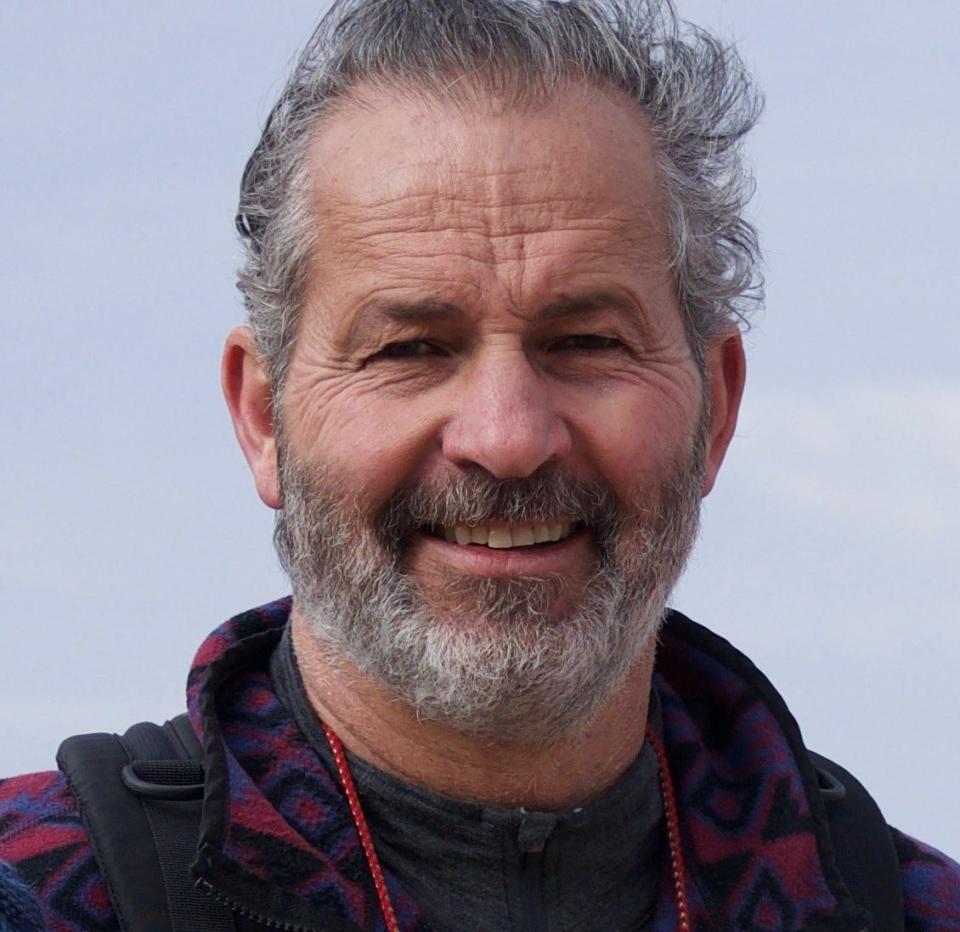Shea: Learn together so that we can live together
I’m realizing the world would surely be a better place if more of us got to do what I’m doing most mornings. Might be particularly helpful for our elected representatives and political leaders. I stand near the main gate of our campus here in Addis Ababa from about 7:45 to 8:15 and greet our elementary students arriving for school – typically with one of their parents, sometimes both, maybe an aunt or uncle, occasionally holding the hand of an older sibling headed to our high school. The kids are generally smiling. If not, the smiles come quickly with just a little eye contact. Some want a quick hug, some a high five. Parents often greet me with their right hand placed on their heart and a slight bow of the head. I’m honored to return the gesture. “Selam.” Kids of all ages hug and kiss their parents; their parents hug and kiss them back.

More than half our students are Ethiopian. One boy just joined us from the Tigray Region – where the schools have yet to reopen after two years of civil war. About a fifth of our students are American (mostly Ethiopian American). We have students from the United Kingdom, Kenya, Canada, India, Eritrea, Italy, Pakistan, South Africa, and Tanzania. From all over Africa and from parts of Europe, Asia, and the Americas. Close to forty countries in all. Different cultures, dozens of native languages, Christian and Muslim. Our school is also socioeconomically diverse. A number of our parents work with the UN and various other humanitarian programs and NGOs. As the African Union is based here, Addis Ababa is a hub for development initiatives and cooperation across the continent. More than fifty African countries are members of the Union.
Everyone shows up each morning (our faculty and staff included) – with love, a sense of community, and a remarkable indifference to nationality, religion, wealth, or race. Ethiopia, like most countries, still has a long way to go, but our school community might be one small reason to be hopeful.
Seventy-two years ago in Topeka, Kansas, a little girl named Linda Brown rode a bus each day to and from a segregated Black school – though she could have easily walked to the nearest elementary school, a segregated white school. At the time, seventeen states operated segregated schools by a matter of law. Kansas was among a handful of “border” states that permitted but did not require segregation. The NAACP organized the case against the Topeka Board of Education after thirteen Black parents tried to enroll their children in their neighborhoods’ white schools for the 1951-52 school year – and were all denied. After losing 3-0 in the District Court, the thirteen plaintiffs (with Linda’s father first on the list) appealed to the US Supreme Court. In May of 1954, the Court ruled 9-0 that segregation in our nation’s public schools was unconstitutional.
What followed were three tumultuous decades – throughout all the United States. Struggles to desegregate, fierce resistance, civil unrest, deadly violence, and some glimmers of progress. Then came three or four decades of resignation – and the gradual resegregation of our schools. Today most of our kids attend schools with students who are a lot like themselves (racially, ethnically, socioeconomically, etc.) at a time when the diversity in our country is richer than ever. By most assessments, we are back to where we were more than a half century ago. And most of us seem fine with this. It is what it is. We live where we live, and we send our kids to our local public schools or another school of our choosing. Freedom, liberty, the American way – particularly for those of us with money and choices.
The consequences, unfortunately, are significant – both in terms of the fabric of our society and the learning within our schools. How can we expect to live together as adults – peacefully, productively, embracing the value in our differences – if we spend the majority of our formative years relatively isolated from those who are different than us? It might not be impossible, but it would certainly be more likely if more of our schools looked more like our nation. And do we somehow not fully recognize the immense potential for more powerful learning and growth in classrooms filled with diverse backgrounds, cultures, and perspectives?
I taught a couple of international relations classes at a high school in Delhi ten years ago on the question of the legality of President Obama’s drone strikes in Pakistan that year (26 attacks killing more than 150 people). And we had Pakistani and American students in the classroom – along with seven other nationalities. Muslims, Christians, Hindus. Conservatives, liberals, independents. Granted, an extreme example, but certainly illustrative of the point. I have had similar experiences teaching in the U.S. And I’m confident that the most powerful classroom learning my daughters have experienced has come in such settings – both at home and abroad. Different, challenging, inspiring. Not homogenous, comfortable, routine.
The only way we are going to learn to live together on this planet is by learning together. Is this not fundamentally obvious? At a bare minimum, I know it is good for the soul. Abundantly so. Maybe I can get Senator Ted Cruz, among others, to join me at our school’s main gate a few mornings this spring.
John Shea, a Kittery, Maine resident and occasional contributor to these pages, is currently serving as the interim head of school of Cambridge Academy Ethiopia in Addis Ababa. This is the second of a series of several commentaries.
This article originally appeared on Portsmouth Herald: Shea: Learn together so that we can live together

